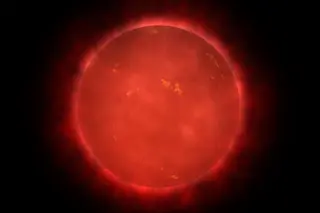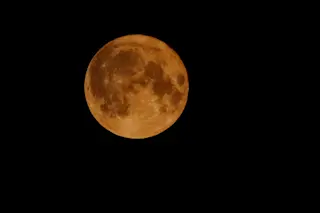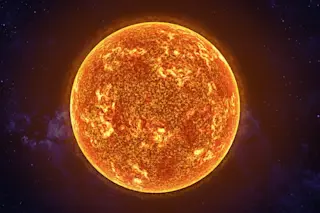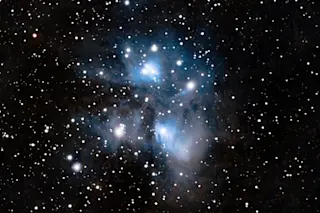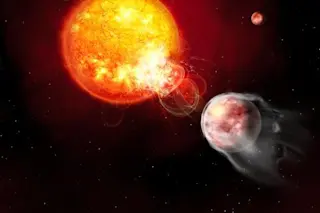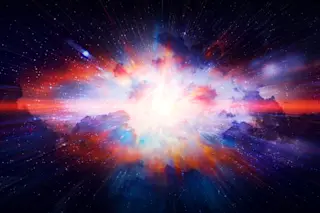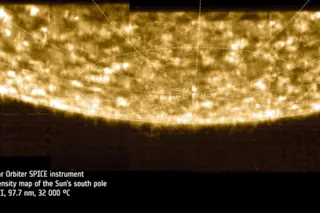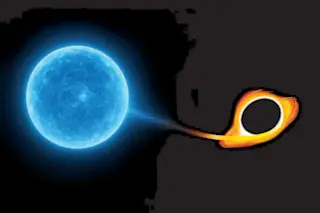One of the oldest stars in the universe is quietly hiding out in the Milky Way some 2,000 light-years from Earth.
According to a new study published in The Astrophysical Journal, the tiny, 13.5-billion-year-old red dwarf contains barely any heavy elements at all, suggesting it formed out of a nearly pristine cloud of material leftover from shortly after the Big Bang. Furthermore, because the small star is just one-seventh the mass of the sun and is made of primordial matter, it’s making astronomers reconsider the demographics of the very first stars.
The first stars to form in the universe likely flicked on around 200 million years after the Big Bang. These early stars were forged out of the material that was available to them at the time — mostly hydrogen, some helium, and a touch of lithium.
As these stars lived out their lives, they converted their starter elements into ...


